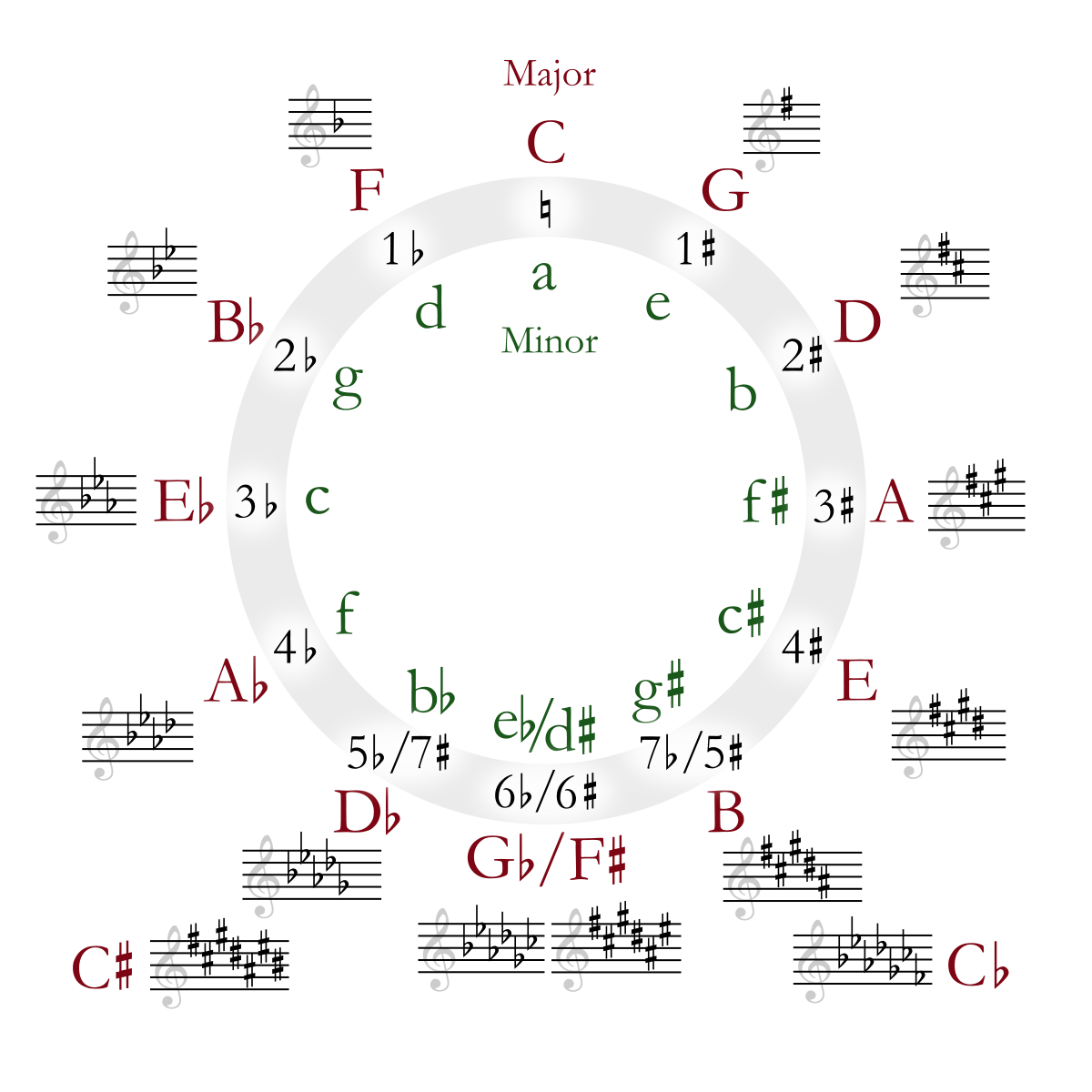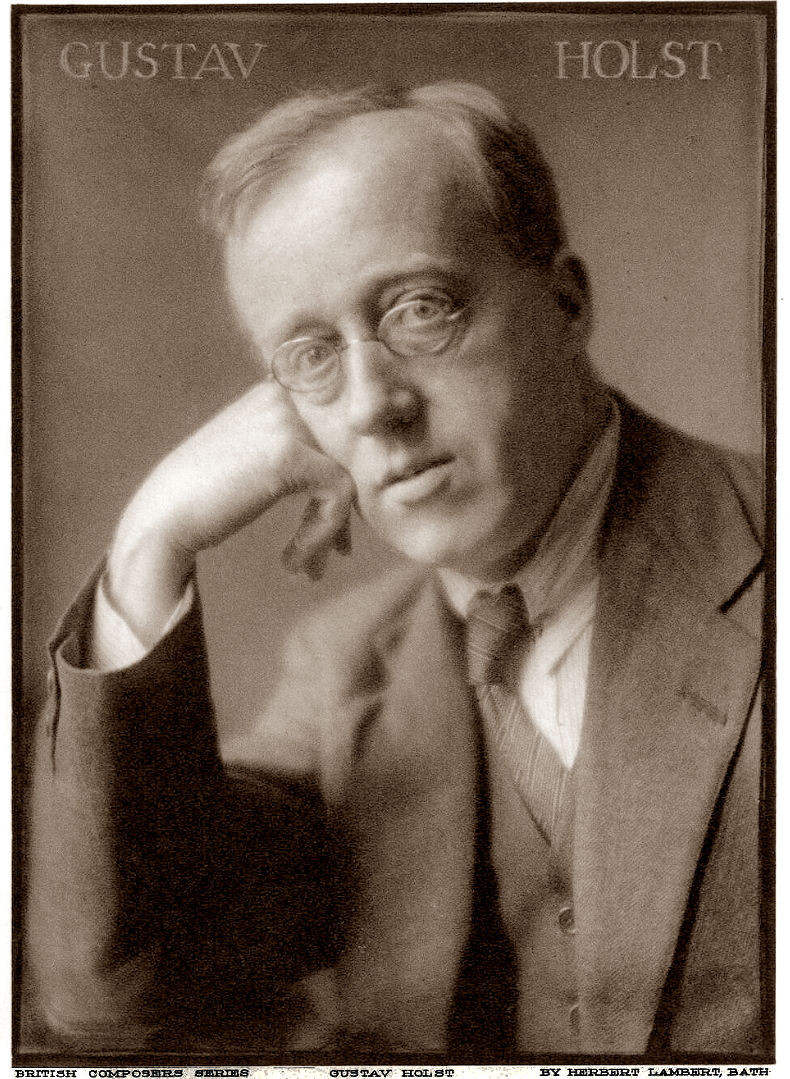Xeno
Well-known member
- Joined
- Jul 11, 2023
- Messages
- 87
The harmony of intervals is evaluated based on the frequency ratios between sounds. The simpler the ratio, the more harmonious the interval is perceived to be.
1. Octave (2:1):
• Musical Harmony: The octave is considered one of the most harmonious intervals. Notes separated by an octave sound so consonant that they are perceived as the same sound at different pitch levels.
• Astrological Equivalent: 0 degrees (or 360 degrees).
2. Perfect Fifth (3:2):
• Musical Harmony: The perfect fifth is also extremely harmonious. The 3:2 ratio creates a stable and consonant sound. This interval is often used in chords to create consonant harmonies.
• Astrological Equivalent: 180 degrees (opposition).
3. Perfect Fourth (4:3):
• Musical Harmony: The perfect fourth is also considered a harmonious interval, though less so than the octave and the fifth. It is frequently used in chords and melodies.
• Astrological Equivalent: 120 degrees (trine).
4. Major Third (5:4):
• Musical Harmony: The major third is considered a very harmonious interval. It forms the basis of the major chord, which sounds bright and cheerful.
• Astrological Equivalent: 90 degrees (square).
5. Minor Third (6:5):
• Musical Harmony: The minor third is also harmonious but is perceived as less stable than the major third. It forms the basis of the minor chord, which sounds more somber or reflective.
• Astrological Equivalent: 72 degrees (quintile).
1. Octave (2:1):
• Musical Harmony: The octave is considered one of the most harmonious intervals. Notes separated by an octave sound so consonant that they are perceived as the same sound at different pitch levels.
• Astrological Equivalent: 0 degrees (or 360 degrees).
2. Perfect Fifth (3:2):
• Musical Harmony: The perfect fifth is also extremely harmonious. The 3:2 ratio creates a stable and consonant sound. This interval is often used in chords to create consonant harmonies.
• Astrological Equivalent: 180 degrees (opposition).
3. Perfect Fourth (4:3):
• Musical Harmony: The perfect fourth is also considered a harmonious interval, though less so than the octave and the fifth. It is frequently used in chords and melodies.
• Astrological Equivalent: 120 degrees (trine).
4. Major Third (5:4):
• Musical Harmony: The major third is considered a very harmonious interval. It forms the basis of the major chord, which sounds bright and cheerful.
• Astrological Equivalent: 90 degrees (square).
5. Minor Third (6:5):
• Musical Harmony: The minor third is also harmonious but is perceived as less stable than the major third. It forms the basis of the minor chord, which sounds more somber or reflective.
• Astrological Equivalent: 72 degrees (quintile).















